There are few countries as complete as Cambodia, one of our favorite countries in Southeast Asia, though many travelers only dedicate a few days to it—just enough to see the magnificent Temples of Angkor.
But Cambodia is much more than just Angkor. It’s a country still emerging from a challenging and recent past, with a growing tourist appeal that continues to captivate more visitors each year.
The people are incredibly friendly, the food is delicious, transportation has significantly improved, and traveling on a budget is very feasible. Give Cambodia a chance and spend some time exploring—it will surprise you with all it has to offer.
To enter Cambodia, you’ll need a visa. Fortunately, you can get one on arrival at the airport if you’re flying in. However, you can save time and avoid unnecessary queues by applying for it online beforehand. For more details, check out our guide on Cambodia visa (coming soon).
If you’re planning a trip to Cambodia, you’ve probably already started looking at flight prices. Since airfare often takes up a significant portion of the travel budget, here are some tips for finding cheap flights to Cambodia. The money you save can be spent exploring the country or on other travel expenses.
It’s essential to travel to Laos with comprehensive insurance. We were among the first to offer the popular 5% IATI discount, and you can now get it with Heymondo Travel Insurance as well. You can find more information about both companies through the links provided above, or you can access the discount directly using the buttons below (in both cases, you’ll see the reduced final price on their website):
Cambodia has two main seasons: the dry season (October to April) and the wet season (May to September). Temperatures typically range from 24°C to 35°C.
So, when is the best time to travel to Cambodia? Ideally, the dry season is the best time to visit, but you can explore Cambodia year-round, depending on the region you plan to visit.
This is the most popular time to visit Cambodia because of the pleasant weather and lack of rain. The coastal areas and islands offer calm seas and sunny days. While visiting the Angkor temples can be somewhat intense due to the heat, road conditions throughout the country, especially in the northeast, are excellent during this time.
Though the rains can be heavy, this season reveals a greener and cooler side of Cambodia. In Angkor, the ponds fill up, and the temperatures become more tolerable. The floating villages also remain a major attraction. However, the roads leading to the northeast pose a significant challenge, often making travel to this area nearly impossible due to their impassable condition.
While many hotels, guesthouses, and restaurants in Cambodia offer free Wi-Fi, some travelers prefer or need a constant connection.
We’ve included details on obtaining a Cambodia eSIM card with unlimited data. If you want to get one directly, use the following link (with a discount):
We only provide information and will never induce you to get vaccinated, but for those who wish to do so, there is a list of recommended vaccines (coming soon) for Cambodia. As we always say, it’s important to visit a doctor so that a professional can inform you about vaccines and provide 100% accurate advice.
Hidden deep within the Cambodian jungle, near the city of Siem Reap, lies the archaeological site of the Angkor temples—a monumental complex of over 100 temples, palaces, and reservoirs. Built between the 9th and 14th centuries during the reign of Suryavarman II.
Below is an introduction to some of the most iconic temples, but you can find a comprehensive guide through the link above.
Angkor Wat, the largest religious monument ever built, is a symbol of Cambodia and a crowning achievement of the Khmer Empire. It’s a destination that deserves to be visited at least once in a lifetime.
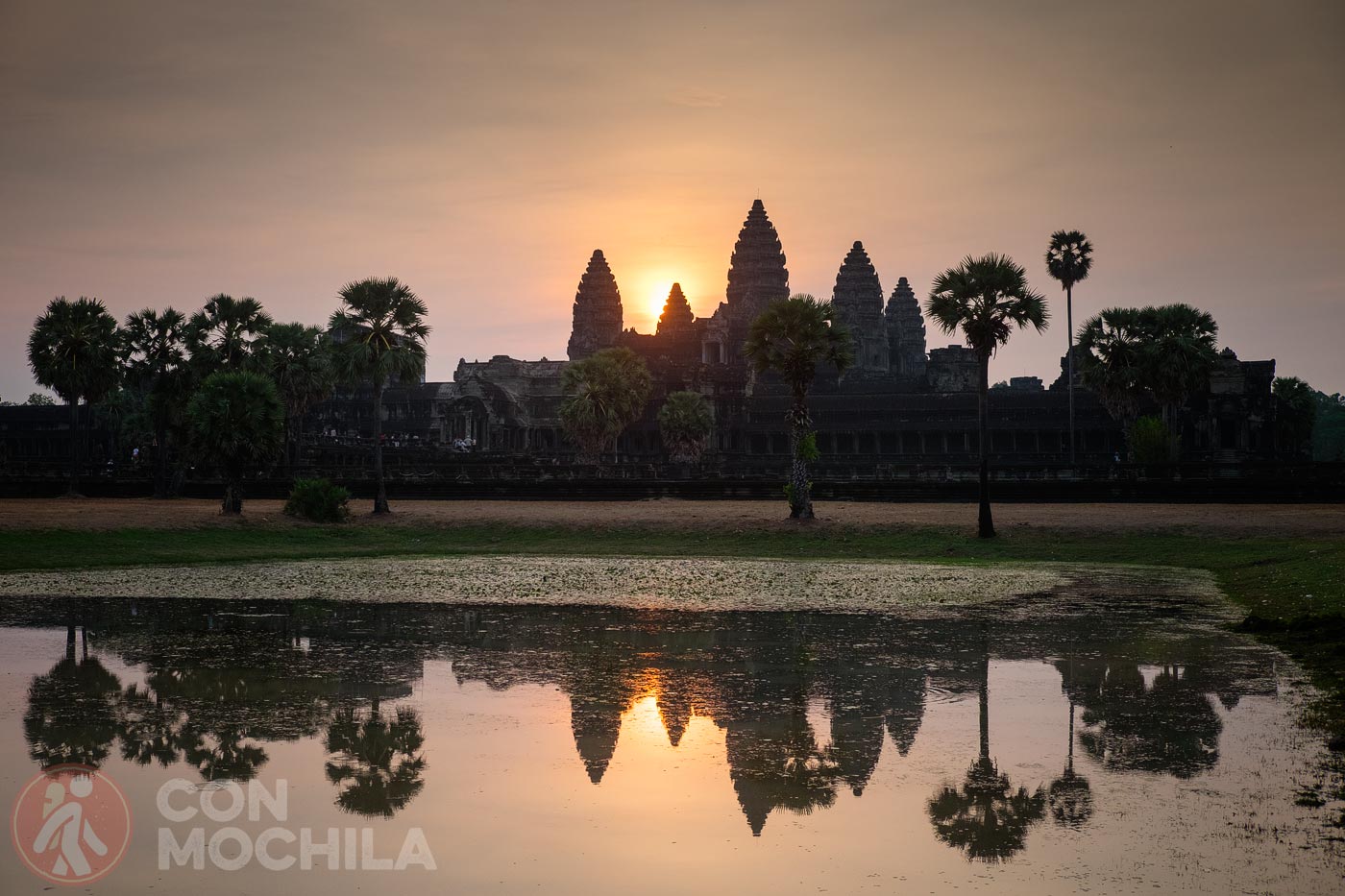
The temple comprises three concentric rectangular enclosures of increasing height, surrounded by a vast moat. Within these enclosures rise five lotus-shaped towers, with the central tower soaring 42 meters above the sanctuary and 65 meters above ground level.
Ta Prohm, famously engulfed by the jungle, is a hauntingly beautiful sight where towering trees have melded with the ancient ruins over centuries. It is said to resemble the way early explorers first encountered it.
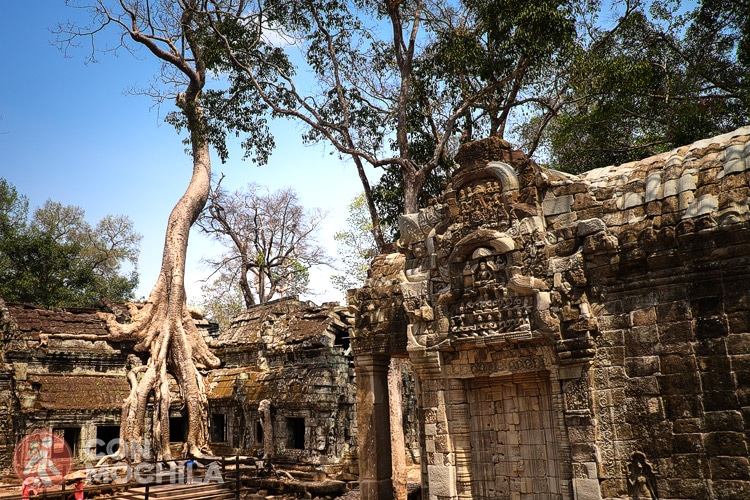
The temple is a surreal mix of moss-covered stones and tree roots, with dappled sunlight filtering through the dense foliage of massive trees. Intricate carvings of devadas—elegant female figures—adorn the walls of the central sanctuary, adding to its mystical atmosphere.
Bayon is one of Angkor’s most awe-inspiring temples and undoubtedly one of the most photographed. With its 216 faces, it reflects the grandeur of King Jayavarman VII, who built it around 1200.
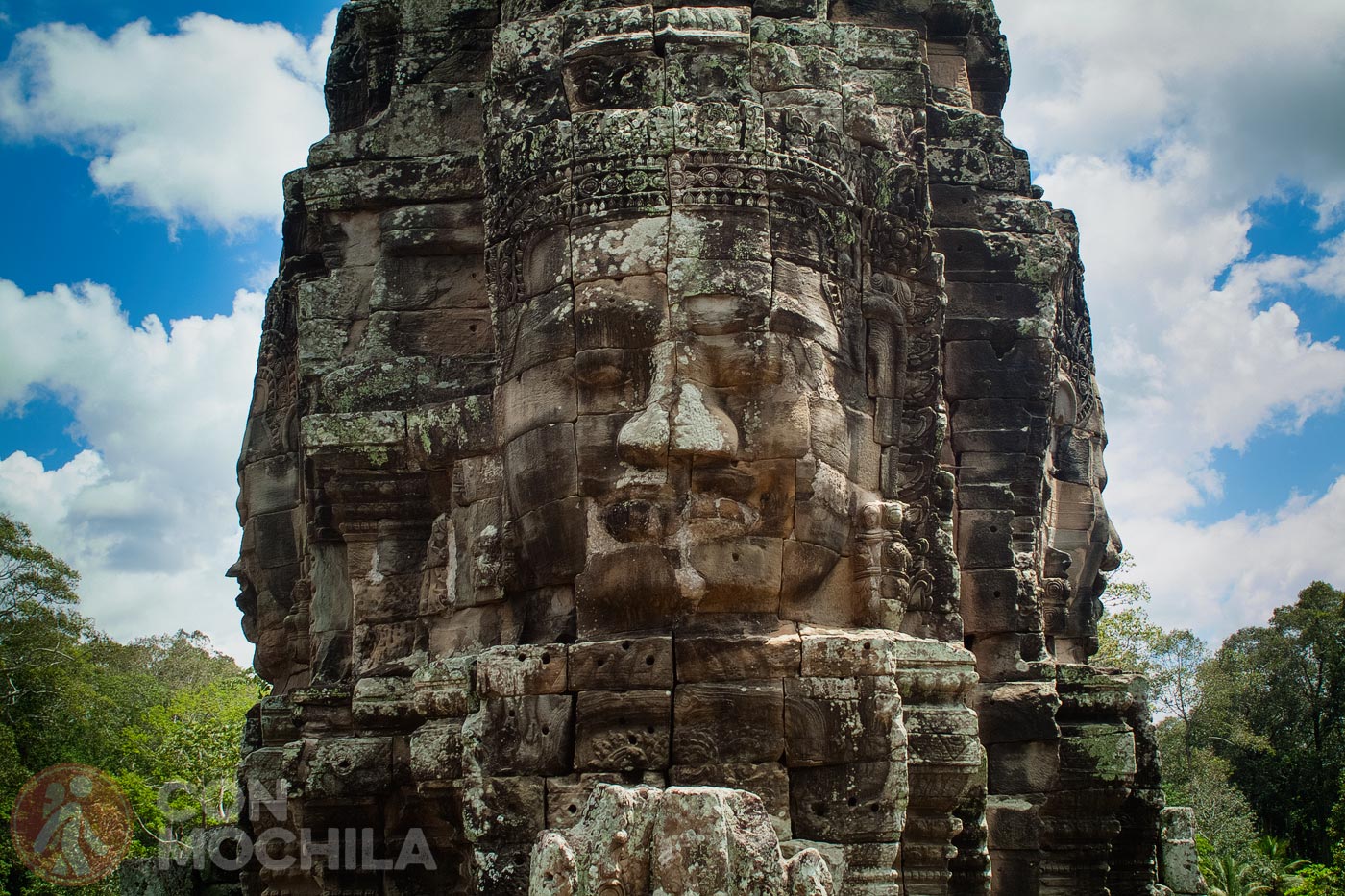
Situated at the heart of the ancient city of Angkor Thom, Bayon initially appears as a chaotic jumble of ruins and scattered stones. But as you explore, you’ll find yourself surrounded by over 200 pairs of eyes gazing down at you from every angle.
Located about 25 km from the main temple complex, Banteay Srei is a small temple dedicated to Shiva. Known as “the jewel of Angkor,” it’s a perfect excuse for a tuk-tuk ride through the countryside.
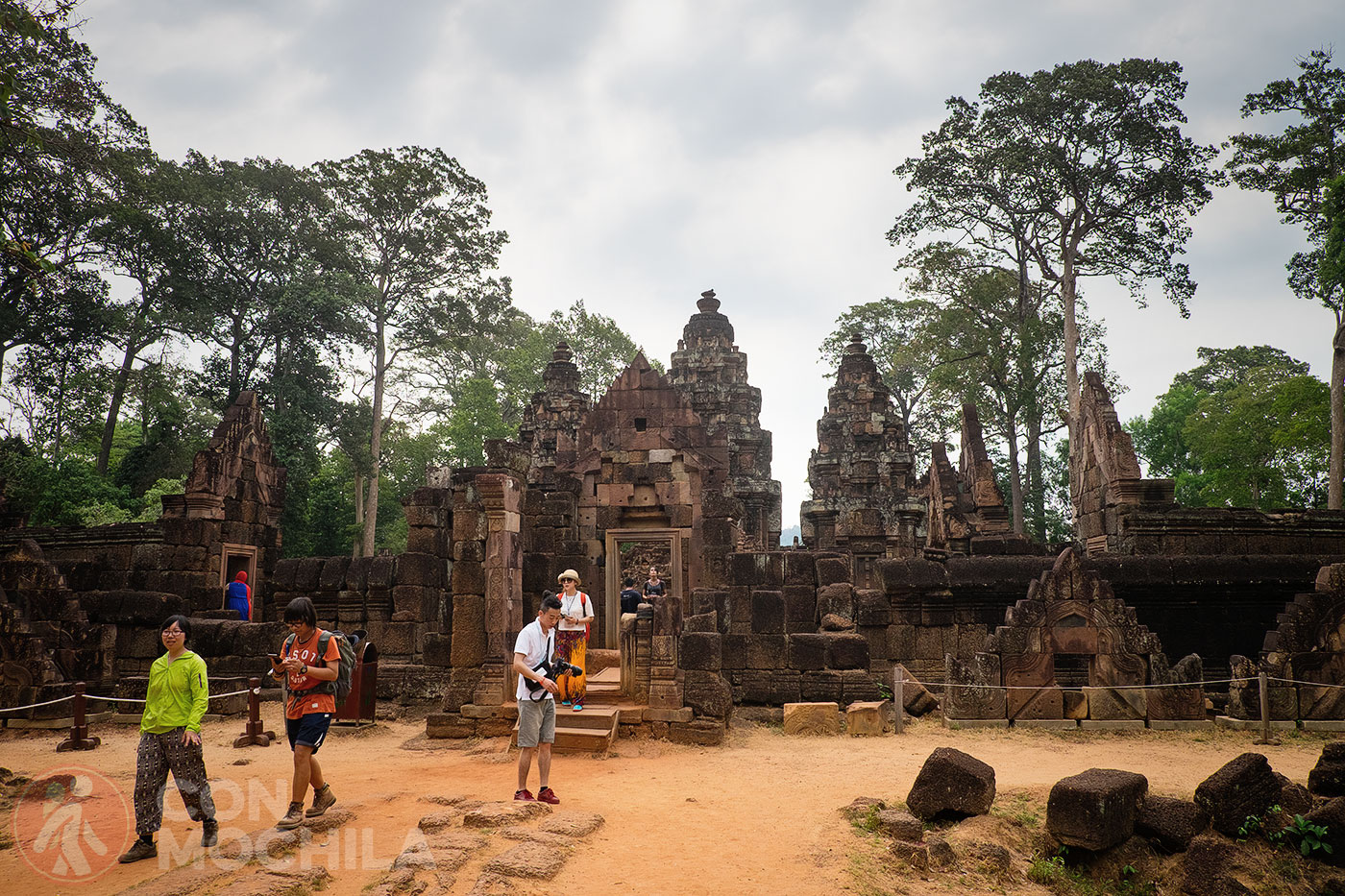
Constructed from red sandstone, this temple is renowned for its remarkably detailed carvings and statues, which retain their extraordinary beauty despite centuries of erosion. Its compact size and popularity mean it can get crowded, but its intricate artistry makes it well worth a visit.
Meaning “The Sacred Sword,” Preah Khan was built in the 12th century by King Jayavarman VII, located just north of Angkor Thom. The temple complex is square-shaped and single-storied, but its labyrinth of galleries makes it feel expansive.
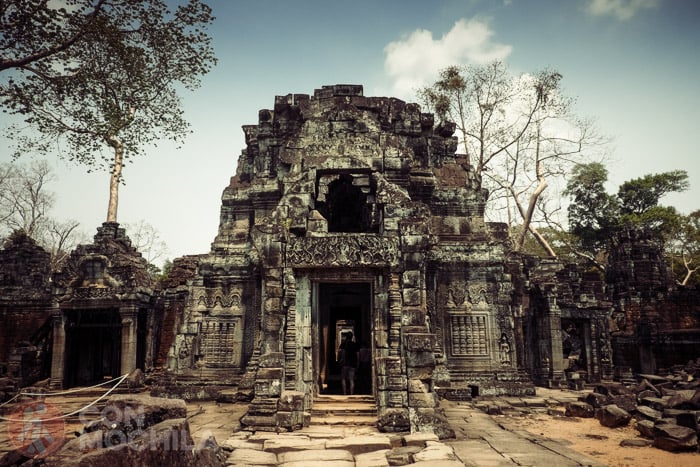
Much like Ta Prohm, Preah Khan is partially overrun by nature, with trees wrapping their roots around stone ruins. This wild and overgrown aesthetic gives the temple a uniquely untamed charm.
Built by King Rajendravarman II, Pre Rup marked the restoration of Angkor as the kingdom’s capital. Its design resembles that of East Mebon, with brick and laterite forming its structure.
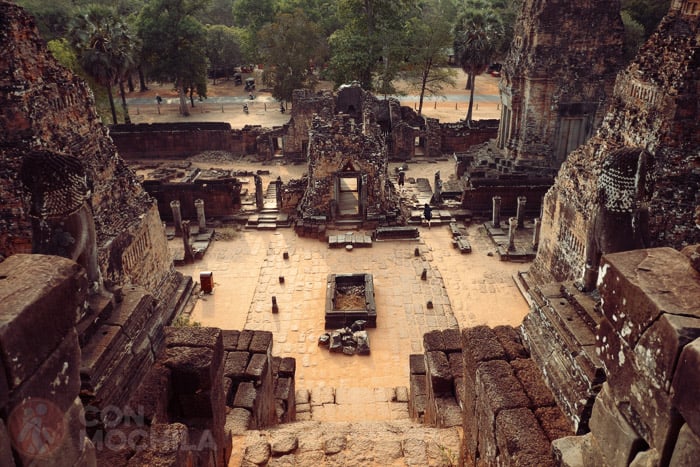
The temple’s highest terrace features five towers and stone carvings believed to represent lions. The name “Pre Rup” reflects the belief that this site was used for cremation rituals.
This Buddhist temple, built in the 12th century by King Jayavarman VII, is located near Ta Prohm, directly across from Srah Srang, the royal pool.
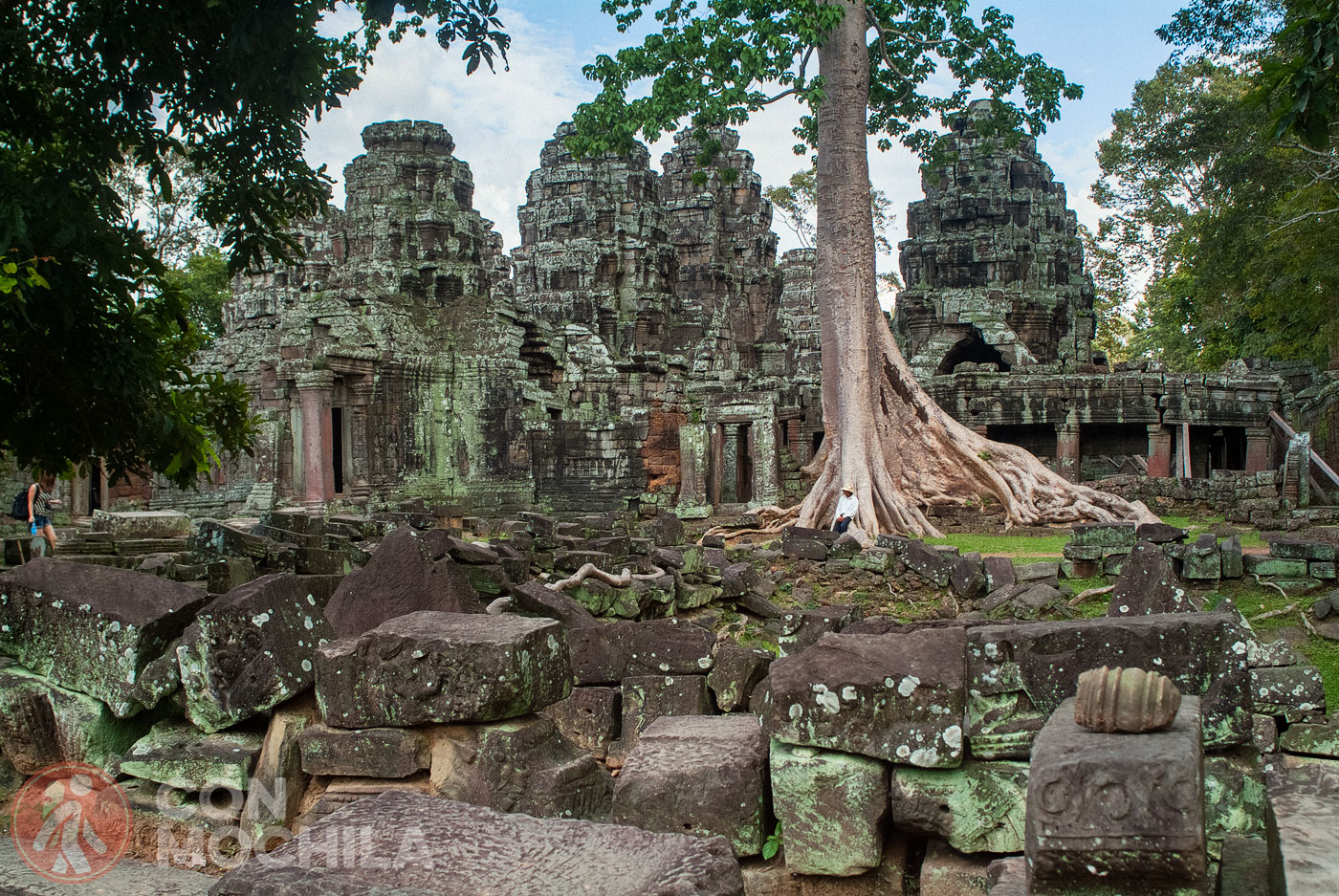
Banteay Kdei is a single-story structure filled with corridors and chambers, though it is poorly preserved and almost entirely merged with the surrounding nature. Despite its modest condition, it is far less crowded than its neighboring temples, making it a peaceful retreat—especially at sunrise.
Phnom Penh, Cambodia’s capital and largest city, serves as the entry point for many first-time visitors to the country.
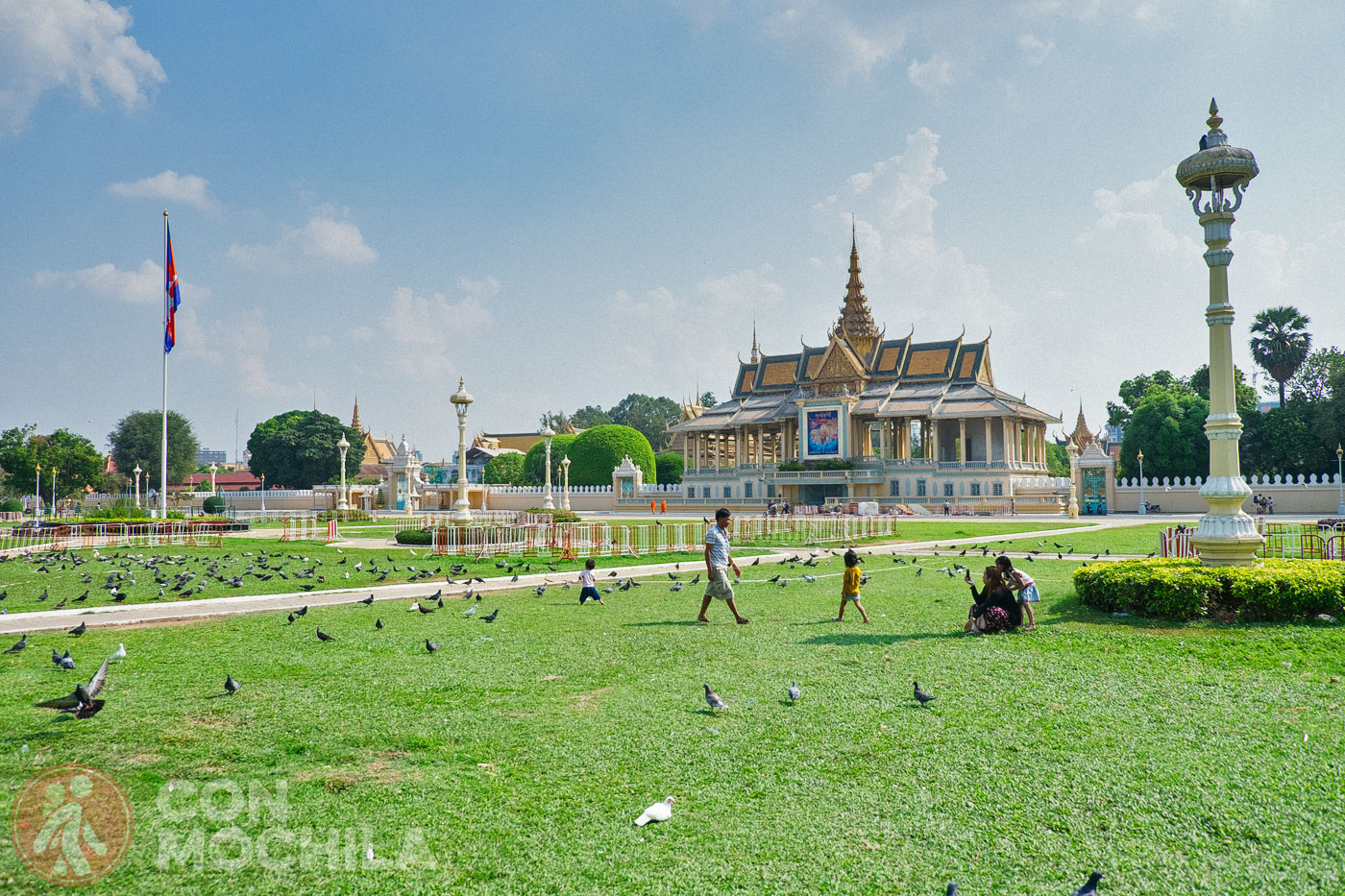
Battambang is located in northwestern Cambodia, straddling the Stoen Sangke River. This urban center, surrounded by picturesque countryside, is brimming with culture. Despite being Cambodia’s second-largest city, Battambang retains a charming village-like atmosphere, with tourism remaining far less intense than in its neighbor, Siem Reap.
Battambang is located in northwestern Cambodia, straddling the Stoen Sangke River. This urban center, surrounded by picturesque countryside, is brimming with culture. Despite being Cambodia’s second-largest city, Battambang retains a charming village-like atmosphere, with tourism remaining far less intense than in its neighbor, Siem Reap.
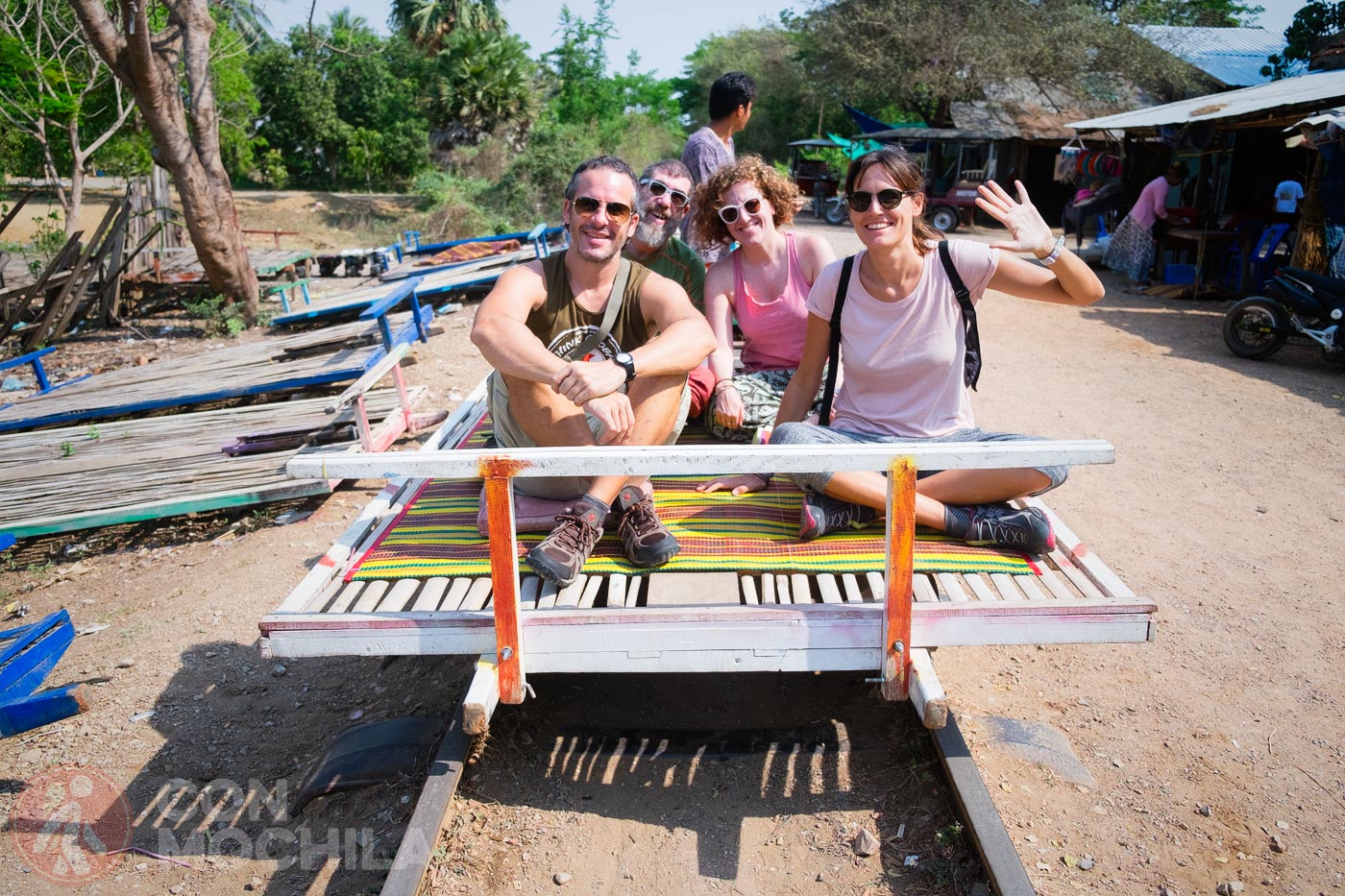
The city has become a favorite among travelers for its temples, local factories, and ruins, as well as the famous bamboo train experience.
The vast expanse of Tonle Sap Lake is home to numerous floating villages, a unique feature of Cambodia. Northwest of Phnom Penh are the lesser-known villages of Phoum Kandal and Chong Kos, which can be visited on tours departing from a pier near Kampong Chhnang.
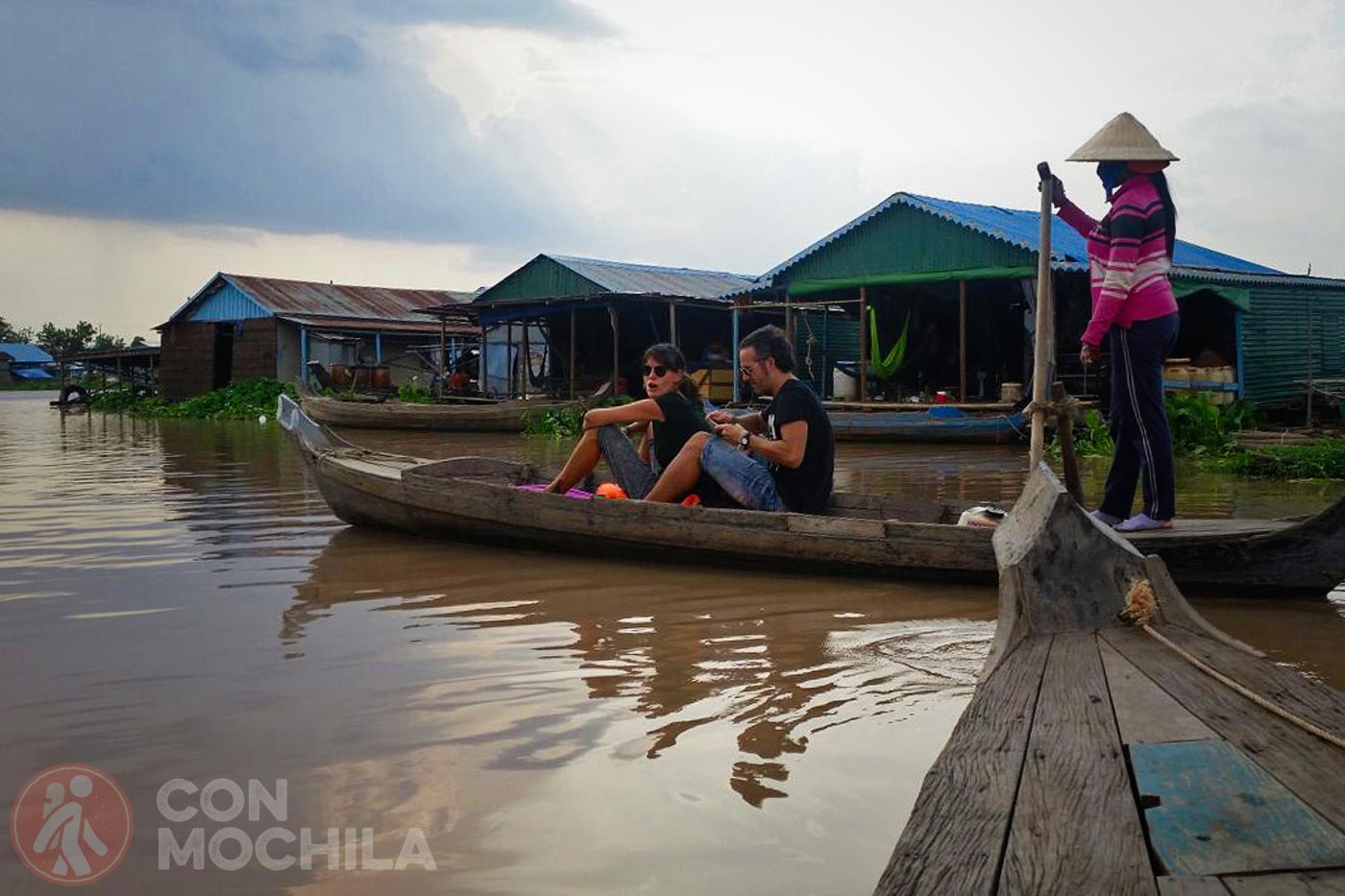
Kampot is a charming destination in southern Cambodia, situated along the banks of the Kampong Bay River. The town’s streets are lined with colonial-era buildings, showcasing its French heritage.
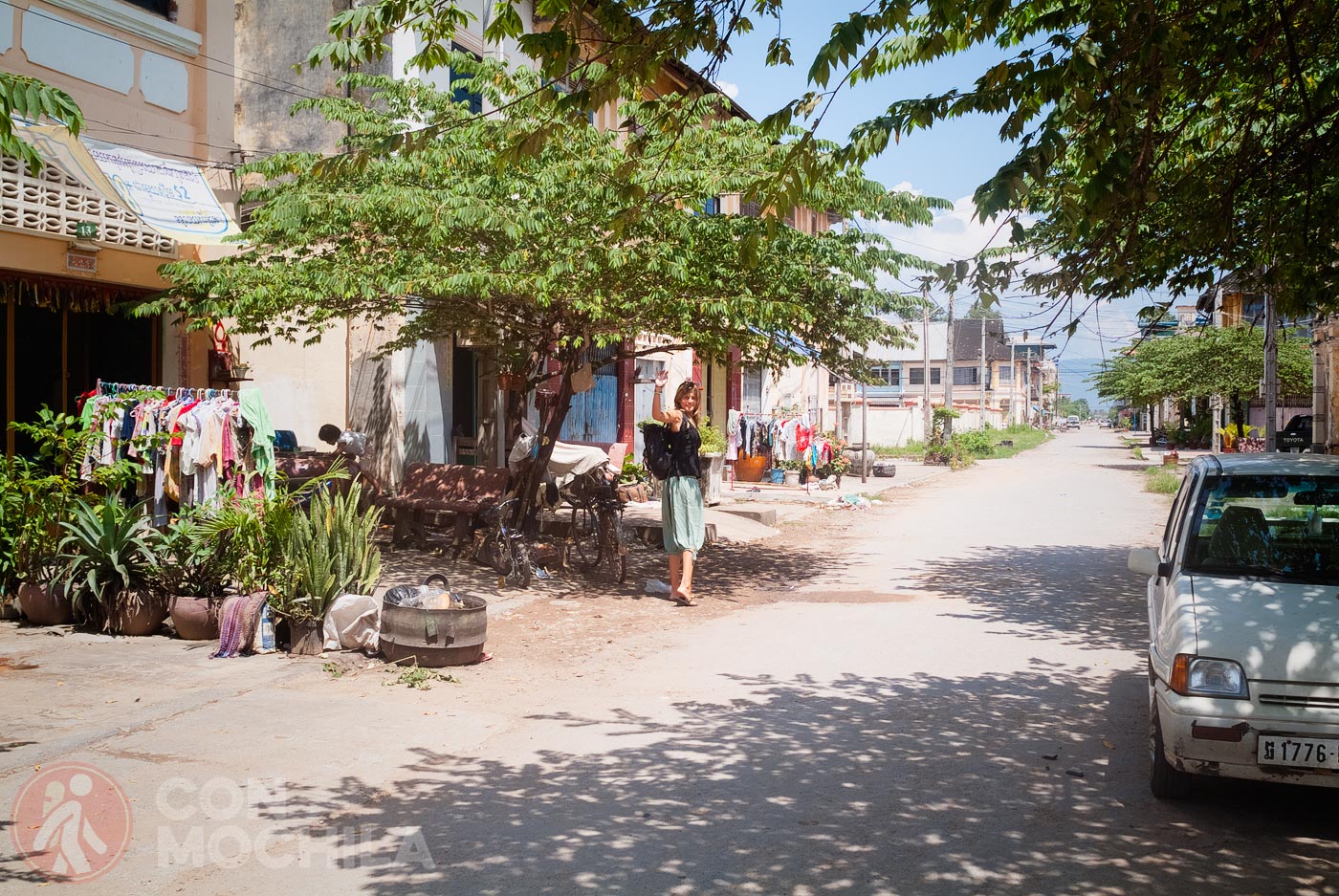
The surrounding countryside is another major draw, offering numerous attractions just a few kilometers away, such as Bokor National Park, the abandoned station, the Popokvil waterfalls, and the Kompong Trach caves.
Kompong Cham, the capital of the province of the same name and Cambodia’s third-largest city, lies along the Mekong River. It’s a great stopover point when traveling to provinces like Kratie, Mondulkiri, Rattanakiri, or Stung Treng.
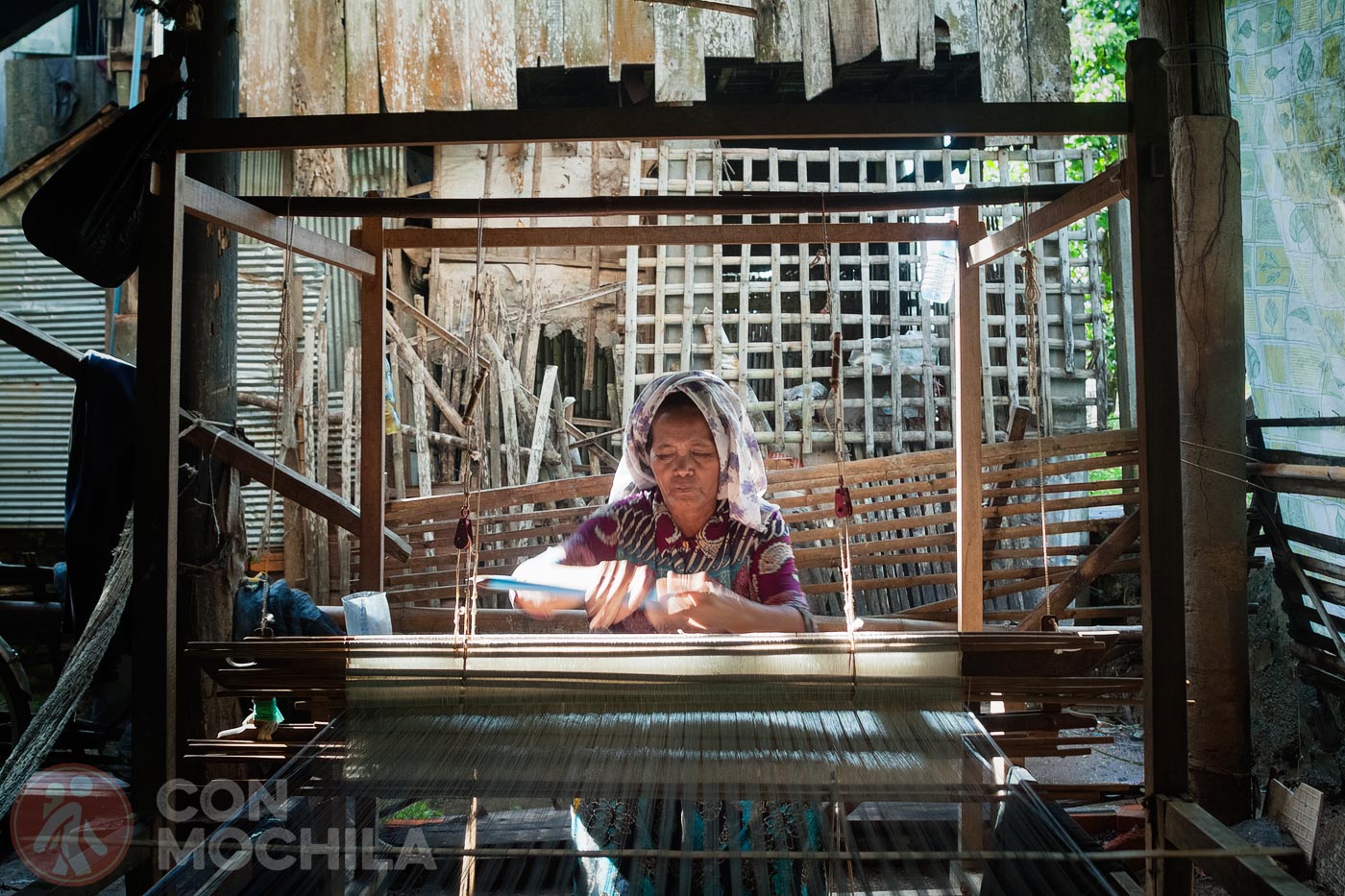
The city is also the birthplace of the krama, Cambodia’s iconic handwoven scarf.
Kratie, also located on the Mekong River, is famous for being home to the endangered Irrawaddy freshwater dolphins. The stretch of river around the city is a haven for these rare creatures.
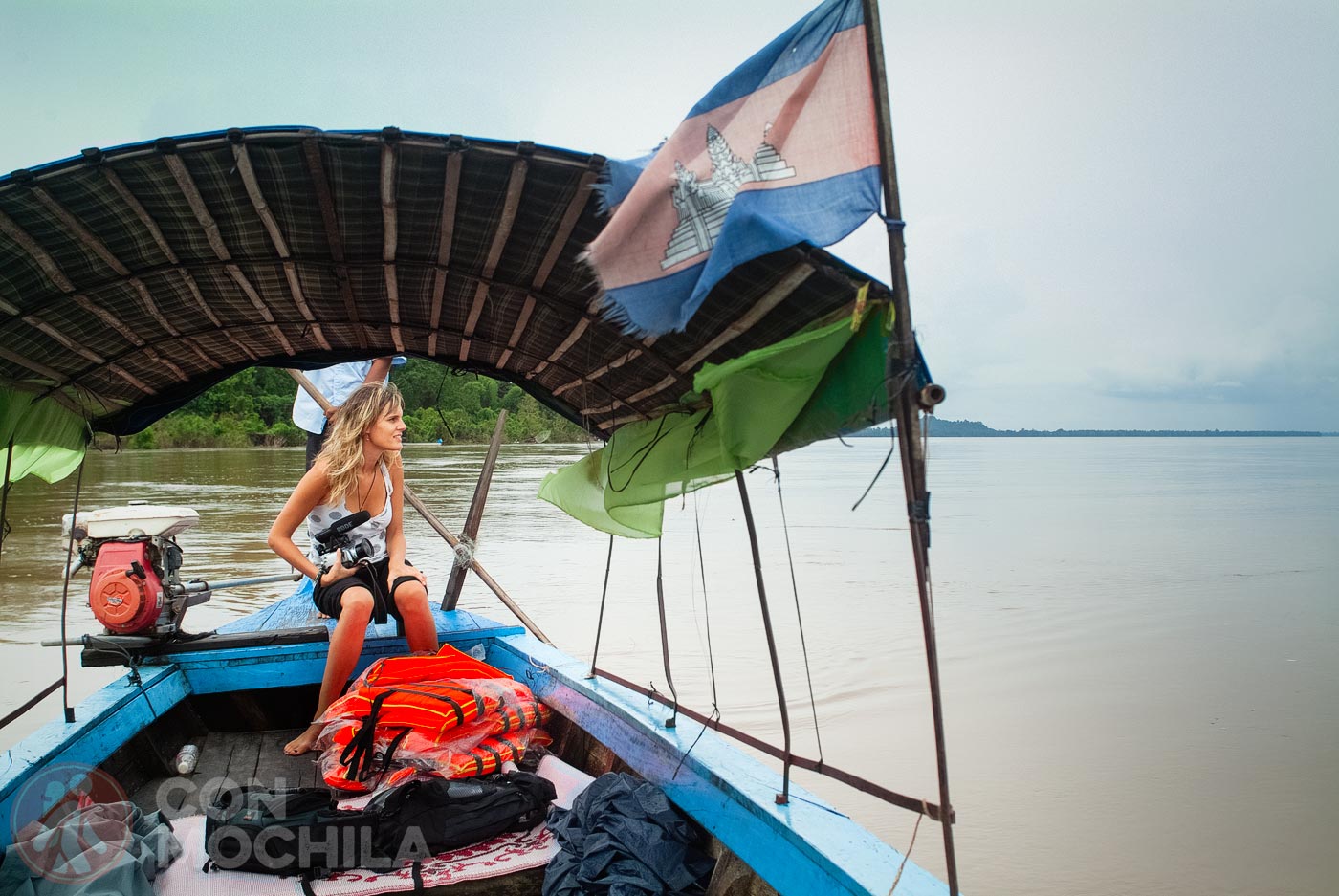
Kratie also boasts sandbanks and large islands like Koh Trong, where visitors can enjoy peaceful bike rides through rice fields and interact with locals who are less accustomed to mass tourism.
Kulen National Park is a popular destination for its waterfalls and breathtaking views. However, a few years ago, archaeologists discovered Mahendraparvata—a lost city built about 350 years before the Angkor temples. Nothing compares to uncovering ancient temples hidden deep in the jungle.
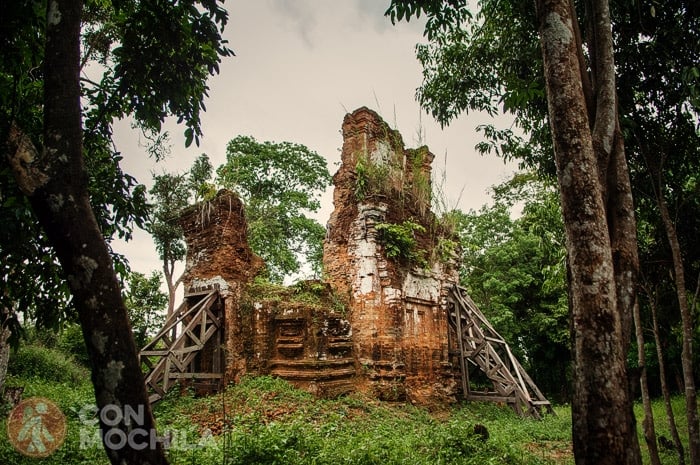
Sihanoukville serves as Cambodia’s main gateway to white sand beaches, a lively party scene, and nearby tropical islands. While Serendipity Beach is the busiest, Otres Beach offers a more relaxed and tranquil atmosphere.
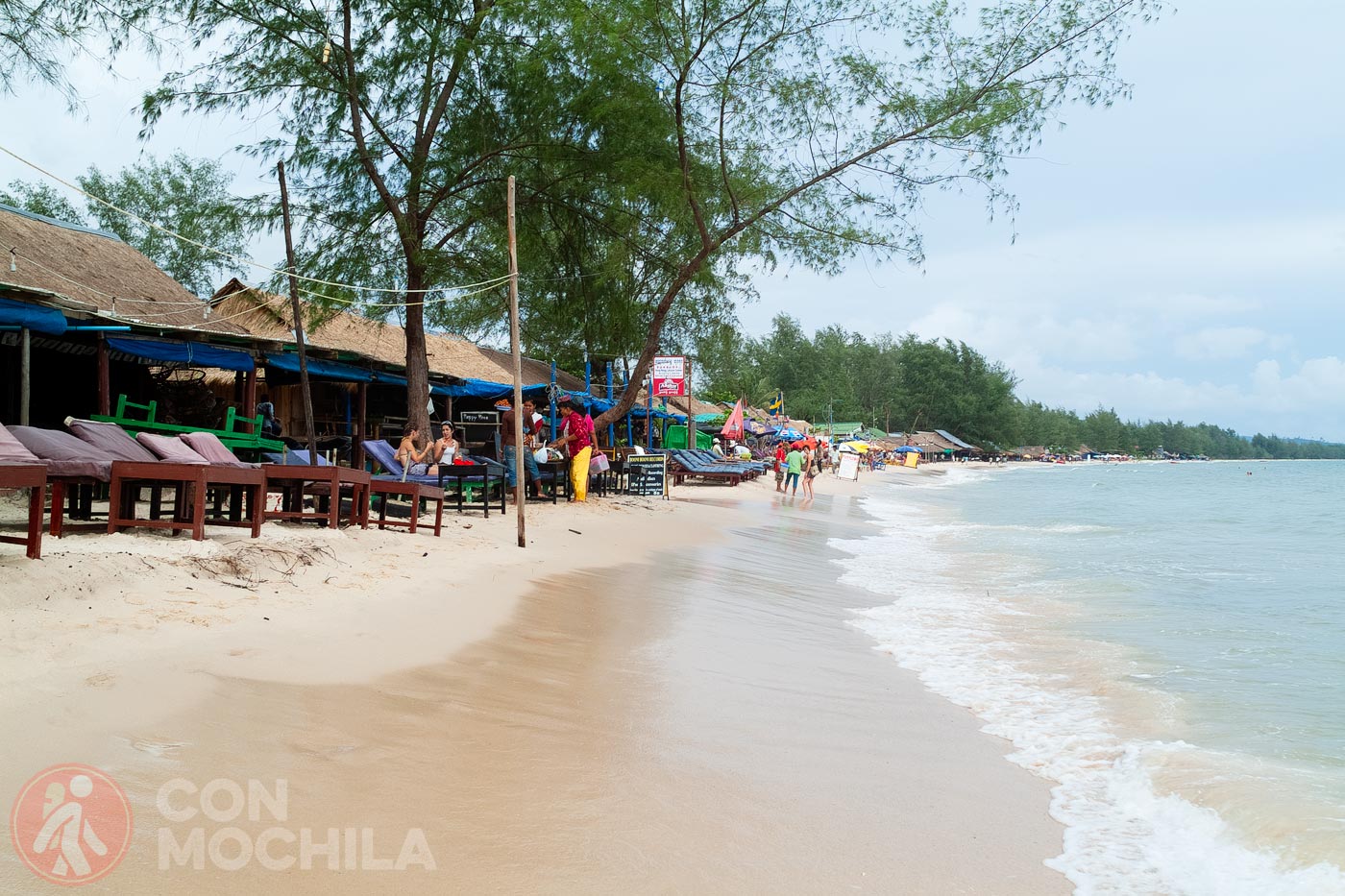
Cambodia may not be the most popular beach destination in Southeast Asia, despite its extensive southern coastline. However, Koh Rong and Koh Rong Samloem, two small islands accessible from Sihanoukville, are particularly beloved by independent travelers and backpackers.
Unfortunately, Koh Rong, the larger of the two, has suffered significantly from poorly managed development. Mega-construction projects on some of its beaches, coupled with abundant waste (a glaring example of poor waste management), detract from what could otherwise be a pristine tropical escape.
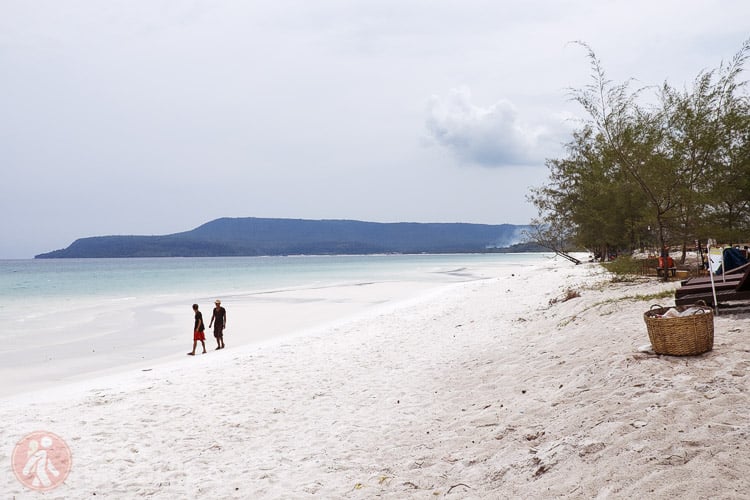
On the brighter side, Koh Rong Samloem, with its main beach at Saracen Bay, is compact enough to explore on foot.
By walking around the island, you can discover other secluded and serene beaches like Lazy Beach, Sunset Beach, and Clear Water Bay, all reachable by crossing through the jungle—a mini-trek in itself. At M’Pay Bay, you’ll also get a glimpse of authentic local life.
Sen Monorom, in the Mondulkiri province, is an ideal destination for travelers looking for a change of scenery. It is also home to the Elephant Valley Project, an elephant rescue center. Few tourists venture to this remote area, so transportation options are limited; most people opt for minivans as buses are uncommon.
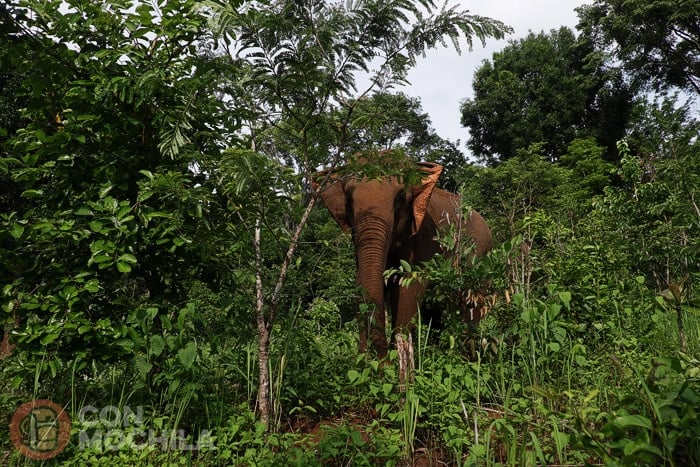
Exploring the underwater world is a fascinating and sometimes unsettling activity for many. Just putting on a snorkeling mask and looking beneath the water’s surface reveals a new world of colors and unknown life forms.
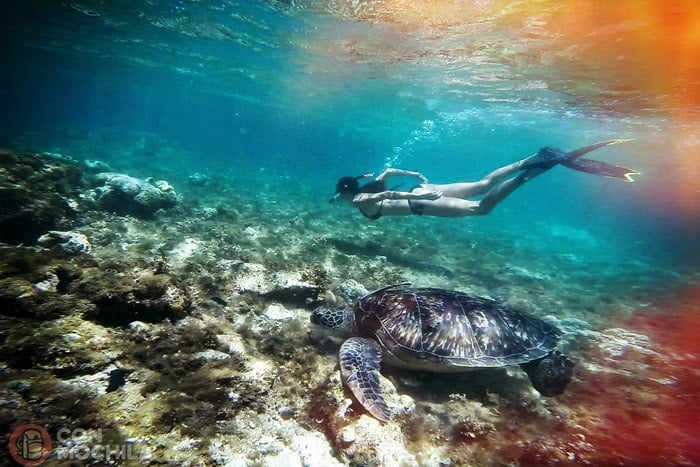
But this world needs to be cared for and respected. If you’re planning a trip that might include snorkeling and you want to ensure your presence doesn’t have a negative impact on the ecosystem, you might be interested in what’s discussed in the link above (coming soon)—what I’ve learned about responsible diving (with or without scuba gear).
Our philosophy at the beginning was always “book the first night and then start picking up hotels as you go”, but since people started travelling en masse, new hotels and “full” signs have emerged, and with them new booking websites. The advantage is that now you have, just a click away, a lot of hotels and guesthouses to choose from before you arrive at your destination.
We recommend platforms like Booking.com, very active in many countries in Asia like Cambodia.
Getting around Cambodia is relatively easy, even though the country’s infrastructure isn’t the most advanced. Recently, various tools have made booking transportation in advance more convenient. We recommend using Camboticket, a reliable website for arranging transport within Cambodia.
Are you planning a trip to Cambodia but unsure about how much money you’ll need? Cambodia is a budget-friendly destination, and with careful planning, you can explore the country without overspending. To help you get started, here’s a breakdown of typical expenses:
Accommodation: Prices depend on the level of comfort you’re looking for. In our experience, hotels cost between $10 and $15 per night for a double room, often with A/C and sometimes with a pool (as we found in Battambang and Siem Reap).
Food: Cambodia offers a variety of dining options, including Indian, Thai, Khmer, Italian, and vegetarian restaurants. Meals for two people typically cost $10-20 at these establishments. Alternatively, street food and local eateries offer more affordable options, with meals costing around $5-10 for two.
In terms of currency, Cambodia officially uses the Cambodian riel (KHR), but the US dollar is widely accepted in places like Siem Reap. Be aware that most ATMs charge a withdrawal fee of at least $5. However, Maybank (a Malaysian bank) was the only one we found that allowed us to withdraw cash without additional fees.
We enjoy reading books about the countries we visit to gain a deeper understanding of their culture and history. If you’d like to do the same, here are some recommended books (coming soon) about Cambodia. These readings will give you valuable insight into the country’s tragic genocide just 40 years ago.
We usually rent scooters when we travel, but surely at some point, we’ll want to rent a car (or a tuk-tuk) and remember the day we decided to get an international driving permit.
Click on the image and it will take you to a new Google Maps window with all the points of interest to travel around Cambodia.